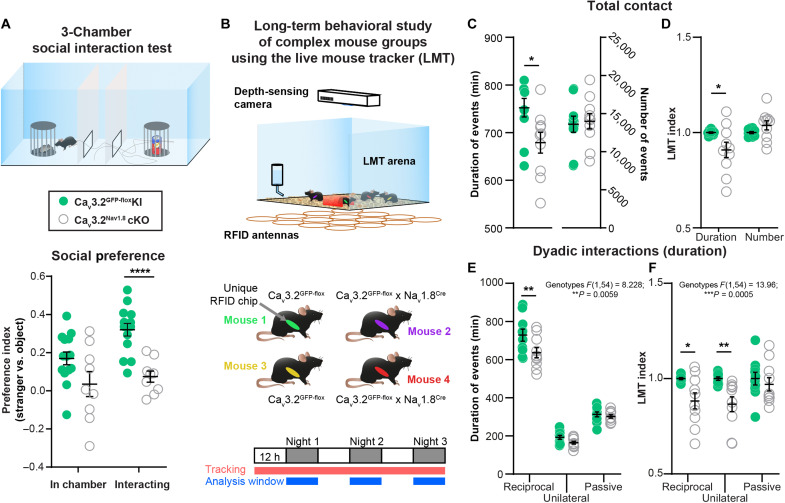Fig. 2. C-LTMR impairment via Cav3.2 deletion reduces social behaviors.
(A) In the three-chamber social preference test, Cav3.2Nav1.8cKO mice had a decreased preference toward a stranger mouse in comparison to control Cav3.2GFP-floxKI littermates. Unpaired t test P < 0.001: Cav3.2GFP-floxKI, n = 14 (light green circles); Cav3.2Nav1.8cKO, n = 9 (open gray circles). (B) Live Mouse Tracker (LMT) schematic description. Each group of mice includes two Cav3.2GFP-floxKI and two Cav3.2Nav1.8cKO mice. The experiment was performed over a 3-day period, and each behavior was analyzed from the dark (“active”) phase of the light cycle. (C) Duration and the number of all contacts automatically extracted by the LMT of Cav3.2GFP-floxKI (light green circles; n = 10) and Cav3.2Nav1.8cKO (open gray circles; n = 10). Sum of all the events for the three nights. Unpaired t test corrected for multiple comparisons using the Holm-Sidak method. Adjusted P value: *P = 0.01969. (D) LMT indexes of Cav3.2GFP-floxKI (light green circles; n = 10) and Cav3.2Nav1.8cKO (open gray circles; n = 10) for the duration and the number of all contacts. Sum of all the events for the three nights. Unpaired t test corrected for multiple comparisons using the Holm-Sidak method. Adjusted P value: *P = 0.0206. (E) Duration of dyadic interactions occurring in the LMT: reciprocal, unilateral, and passive interactions of Cav3.2GFP-floxKI (light green circles; n = 10) and Cav3.2Nav1.8cKO (open gray circles; n = 10; **P = 0.0096). (F) LMT indexes for dyadic interactions computed for Cav3.2GFP-floxKI (light green circles; n = 10) and Cav3.2Nav1.8cKO (open gray circles; n = 10) mice. The duration of events for the three dark phases was summed for statistical analysis. Two-way ANOVA with Sidak post hoc test *P = 0.028 and ****P = 0.0096. ANOVA results are indicated below the panel title, and full results are presented in table S1.

